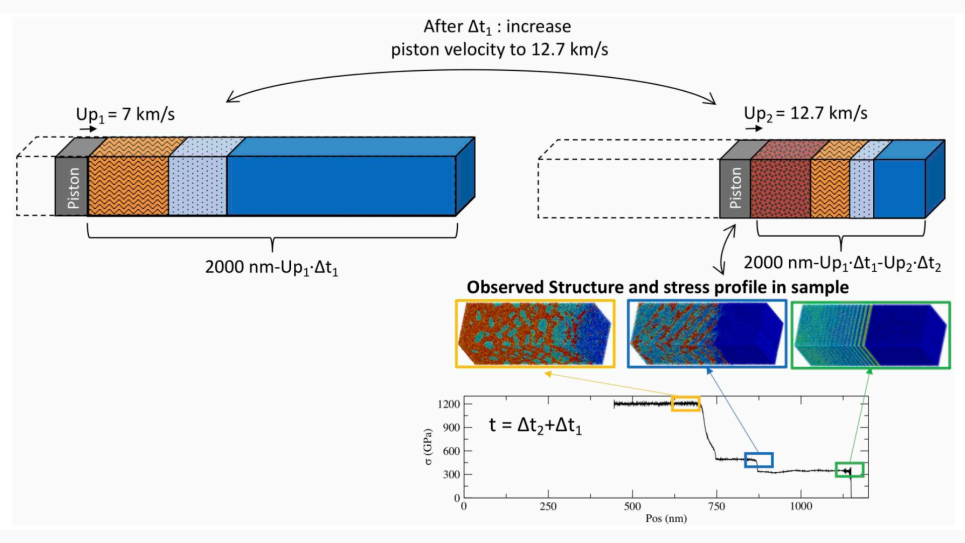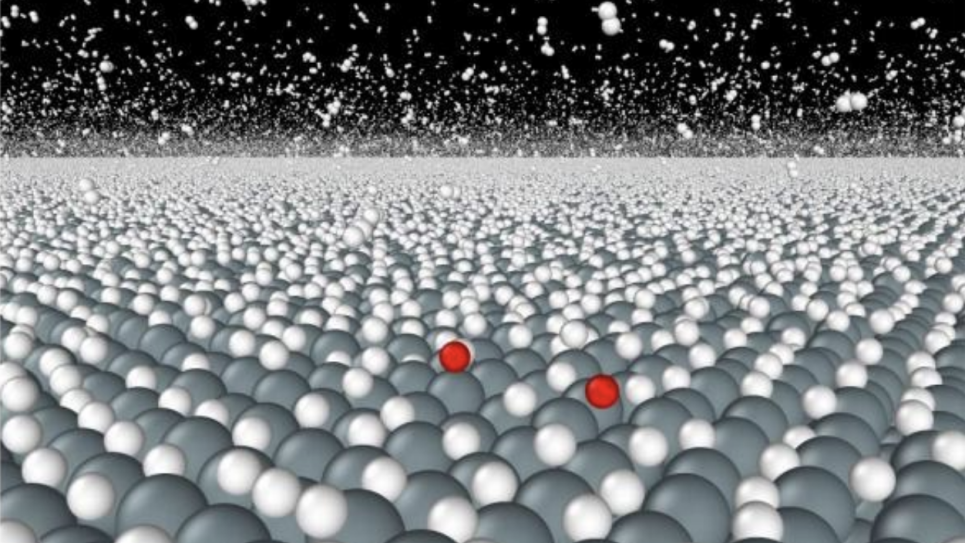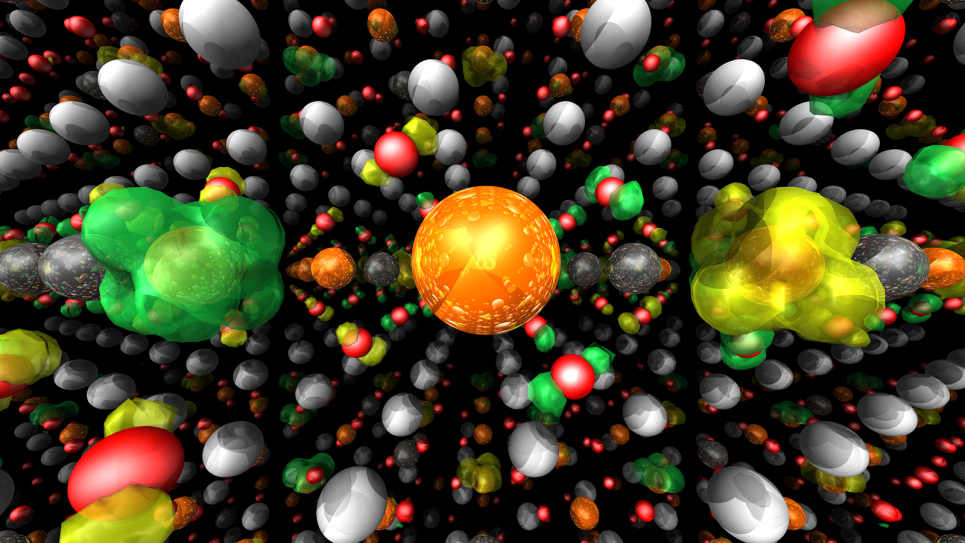The realization of fusion as a practical, 21st Century energy source requires improved knowledge of plasma surface interactions and the materials engineering design of component systems to survive the incredibly extreme heat and particle flux exposure conditions of a fusion power plant. The objective of this project is to further advance understanding of the response of tungsten, the proposed ITER diverter, to low energy, mixed H-He plasma exposure.
In particular, two tasks are envisioned that investigate helium behavior and gas bubble aggregation kinetics in tungsten, and begin to address hydrogen retention in sub-surface gas bubbles. This allocation supports an extensive series of large-scale atomistic molecular dynamics simulations to investigate H diffusion and permeation through tungsten surfaces containing a strained-network of over-pressurized helium bubbles, as well as an evaluation of different interatomic potentials to describe the bonding interactions in tungsten-helium-hydrogen, and to enable new, higher fidelity potentials. This work will improve understanding of gas recycling and total tritium inventory in fusion plasma facing components.


